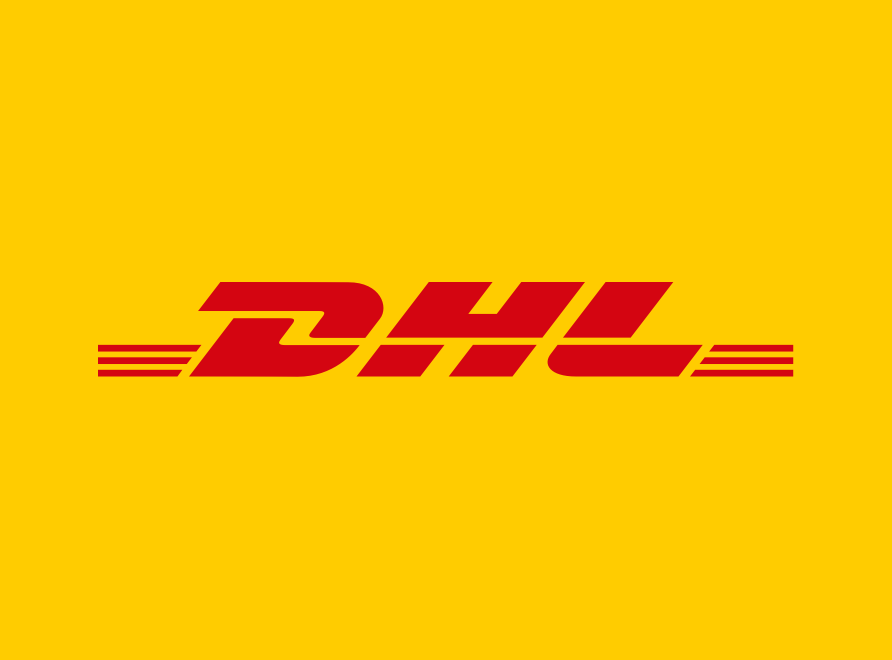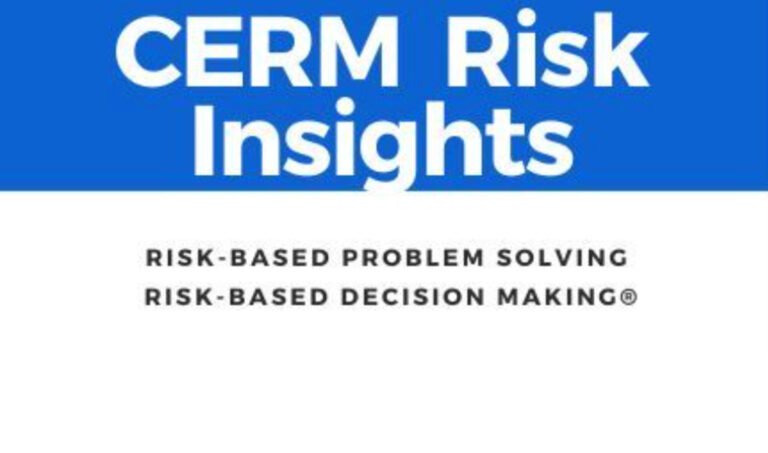Agility within the eCommerce Supply Chain
Summary: In a world that has never been more “on demand”, an agile supply chain can quickly adapt to market changes, anticipate spikes in demand, and meet customers’ delivery expectations. So, is your e-commerce business’s supply chain up to the task? Read on to discover the key things you should consider to run a truly agile supply chain.
The pandemic disrupted global supply chains on a scale never seen before. Many companies have since taken the opportunity to build their operations back better, ensuring their supply chains are more flexible, more resilient, and more agile – all of which means they’ll be able to navigate and overcome future challenges more easily.
Agility in the supply chain is not a new concept – especially for e-commerce brands. Take the rise of “fast fashion” brands like ASOS1, for example, where the ability to churn out new trends within a short timeframe is a must.
If you’re an e-commerce business owner, you no doubt already understand the importance of speed along the supply chain – from reacting to market changes in real time, to the Express delivery service you offer your customers at checkout. In our on-demand world, an agile supply chain is your best bet at getting your products to your customers without delay.
David M Gilgor looked at the five dimensions of agility for the Supply Chain Quarterly2. The five metrics identified are:
Alertness – The ability to predict new trends by listening to customers and exchanging information with suppliers.
Accessibility – Access to the types of data that will help you decide how to act, shared via the supply chain – not just the IT department.
Decisiveness – Making decisions on how to respond to opportunities. As supply chains become more complex, agile decision-making falters.
Speed – Delivering on a chosen course of action swiftly. “Fast fashion” brands rely on bringing new products online at speed.
Flexibility – Upscaling the way you operate, the markets you trade in, or the service levels of your business partners to take advantage of opportunities.
So, how do these five dimensions translate into actionable steps you can take to optimize your supply chain? Read on for the features you should be considering.








